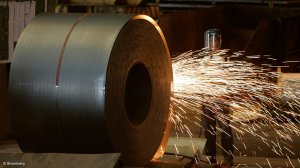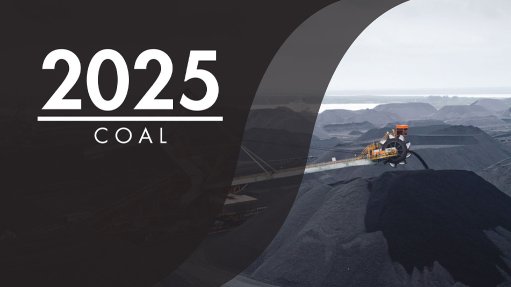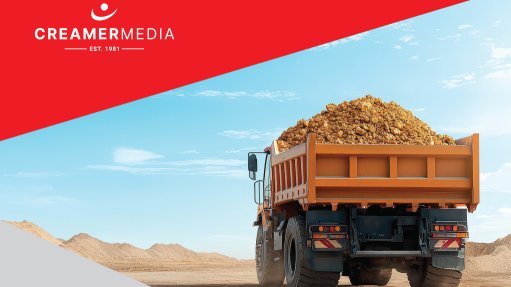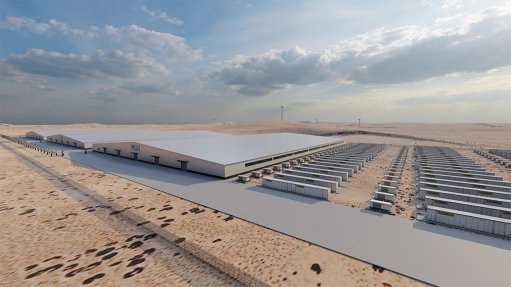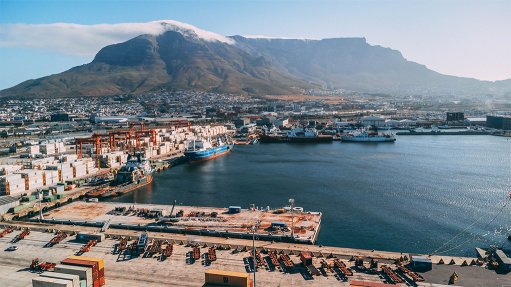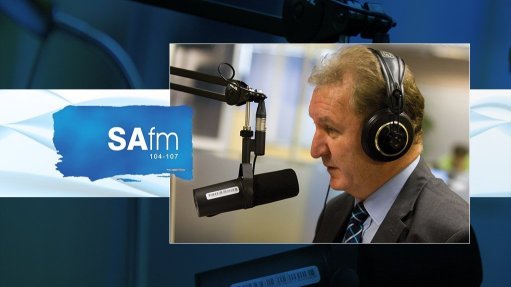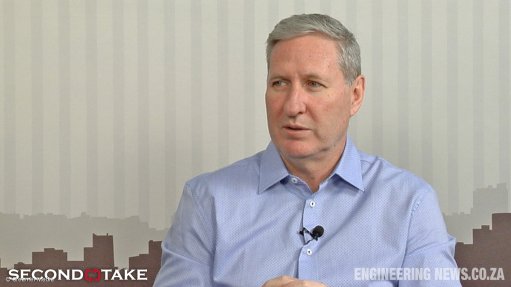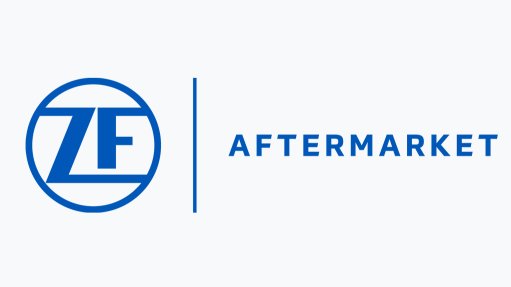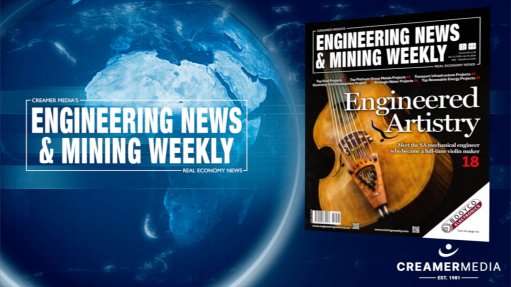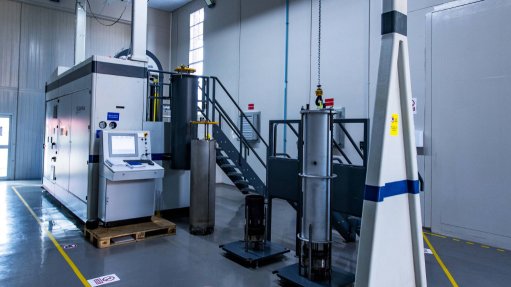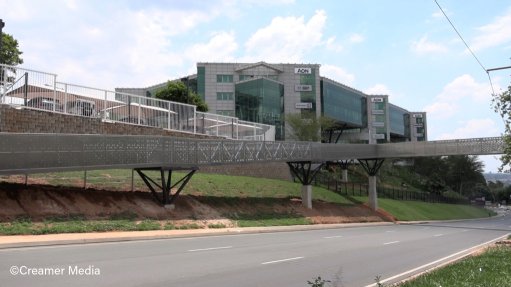Despite some immediate CBAM reprieve, South African industry warns of serious potential fallout

European Commission director-general of taxation and customs union Gerassimos Thomas on some of the recent changes made to the scheme, which is set to affect South African steel and aluminium exporters from 2026. Editing: Shadwyn Dikinson
A postponement from incorporating indirect carbon emissions into the European Union’s (EU’s) calculation of a product’s embedded emissions under its Carbon Border Adjustment Mechanism (CBAM) will provide something of a short-term reprieve to South African steel and aluminium exporters, which are heavily exposed to the measure.
The EU intends implementing CBAM from January 1, 2026, and the postponement will continue until at least 2027.
Nevertheless, local industry remains concerned about the threat posed by CBAM to their medium-term competitiveness, warning of possible further deindustrialisation and job losses.
European Commission director-general of taxation and customs union Gerassimos Thomas acknowledged during a workshop with South African stakeholders that CBAM would affect 6% of the country’s steel and aluminium exports to the EU, valued at €1.2-billion yearly.
However, he also highlighted the changes made to the scheme in recent months, including the decision not to incorporate Scope 2, or indirect, emissions into the calculation of a product’s embedded emissions for at least the first two years of CBAM’s implementation.
The EU has also decided to exclude yearly imports of below 50 t from the CBAM to help smaller importers, as well as countries linked to the EU emissions trading system.
Likewise, it has streamlined its certificate management process, removed the obligation to buy CBAM certificates quarterly in 2026, indicating that this will start in February of 2027, and postponed the deadline for submitting yearly CBAM declarations from May 31 to September 30.
In the South African context, the change in approach to indirect emissions is significant, as Scope 2 emissions are high because affected companies rely heavily on coal-derived electricity produced by Eskom.
During the initial phase, Scope 2 emissions will not be taken into account for iron and steel, aluminium, electricity and hydrogen imports into the EU, but will remain in place for cement and fertiliser imports.
Under the scheme, importers are required to purchase CBAM certificates, the value of which is calculated by measuring the embedded emissions of a ton of the product, then subtracting those emissions covered by a free allocation in the EU and/or paid for under a carbon price in the originating country, before multiplying the figure by the volume of the product being imported.
Each CBAM certificate is equal to a ton of a product’s embedded carbon.
The CBAM is imposed uniformly on companies rather than countries, making exemptions at a country level improbable.
Thomas argued that the implementation of CBAM would be “very gradual” to allow for companies to adjust and stressed that the objective was to change environmental behaviour, rather than penalise exporters or raise revenue.
He also argued that the direct emissions of South African exporters to the EU compared favourably with companies in other jurisdictions, and could be improved further through investments into cleaner production methods.
Nevertheless, the South African government, together with industry and trade analysts, remains strongly opposed to the implementation of the CBAM, and wary even of the concessions and simplifications made in recent months.
Trade and Industrial Policy Strategies economist Seutame Maimele said during the workshop hosted by the German Embassy and the European Union Delegation to South Africa that the 50 t/y exclusion threshold might help exporters in other parts of Africa. But it was unlikely to be effective for South African companies, which typically exported at volumes exceeding that yearly level.
Maimele also remained concern about the cost to companies of establishing and maintaining the measurement, reporting, and verification systems required to collect and report emissions data under the CBAM and also questioned why the EU had not made greater concessions upfront in its carbon-pricing framework for developing countries.
TIMING MISMATCH
While acknowledging the postponement in the incorporation of Scope 2 emissions into the CBAM calculation, he stressed that if it were reintroduced in 2027, South African exporters would be penalised, as they were reliant on a coal-based electricity system that could not be decarbonised in the short term.
There was also currently no recognition for renewable energy certification.
This timing “mismatch” was reinforced by Minerals Council South Africa’s Shamini Harrington and the National Business Initiative’s Gillian Maree, who both highlighted the long-term nature of the investments required to facilitate a transition from coal.
Harrington warned that the sectors exposed to CBAM were considered “hard to abate” from an emissions perspective and that, despite the threat posed by CBAM, were also experiencing various other headwinds, from unstable energy supply to logistics blockages.
“These are price takers in the global market. We cannot simply pass these costs on, so the CBAM costs will be absorbed directly, squeezing already tight profit margins further,” she said, noting that several of the affected companies were already lossmaking.
She, thus, cautioned that CBAM would further exacerbate the problems of deindustrialisation and unemployment.
More than 600 000 jobs could be placed at further risk as a result of CBAM once the full value-chain effects were taken into account, Harrington added,.
EU Carbon Border Adjustment Mechanism policy officer Klaus Röhrig stressed that the EU had adjusted the CBAM following ongoing bilateral and multilateral discussions with governments and companies, as well as through a CBAM expert group.
He, too, stressed that implementation would be gradual but underlined that, in keeping with the World Trade Organisation principles of fair and equal treatment, any exemptions would be applied “horizontally to all CBAM declarants”.
Article Enquiry
Email Article
Save Article
Feedback
To advertise email advertising@creamermedia.co.za or click here
Comments
Press Office
Announcements
What's On
Subscribe to improve your user experience...
Option 1 (equivalent of R125 a month):
Receive a weekly copy of Creamer Media's Engineering News & Mining Weekly magazine
(print copy for those in South Africa and e-magazine for those outside of South Africa)
Receive daily email newsletters
Access to full search results
Access archive of magazine back copies
Access to Projects in Progress
Access to ONE Research Report of your choice in PDF format
Option 2 (equivalent of R375 a month):
All benefits from Option 1
PLUS
Access to Creamer Media's Research Channel Africa for ALL Research Reports, in PDF format, on various industrial and mining sectors
including Electricity; Water; Energy Transition; Hydrogen; Roads, Rail and Ports; Coal; Gold; Platinum; Battery Metals; etc.
Already a subscriber?
Forgotten your password?
Receive weekly copy of Creamer Media's Engineering News & Mining Weekly magazine (print copy for those in South Africa and e-magazine for those outside of South Africa)
➕
Recieve daily email newsletters
➕
Access to full search results
➕
Access archive of magazine back copies
➕
Access to Projects in Progress
➕
Access to ONE Research Report of your choice in PDF format
RESEARCH CHANNEL AFRICA
R4500 (equivalent of R375 a month)
SUBSCRIBEAll benefits from Option 1
➕
Access to Creamer Media's Research Channel Africa for ALL Research Reports on various industrial and mining sectors, in PDF format, including on:
Electricity
➕
Water
➕
Energy Transition
➕
Hydrogen
➕
Roads, Rail and Ports
➕
Coal
➕
Gold
➕
Platinum
➕
Battery Metals
➕
etc.
Receive all benefits from Option 1 or Option 2 delivered to numerous people at your company
➕
Multiple User names and Passwords for simultaneous log-ins
➕
Intranet integration access to all in your organisation


